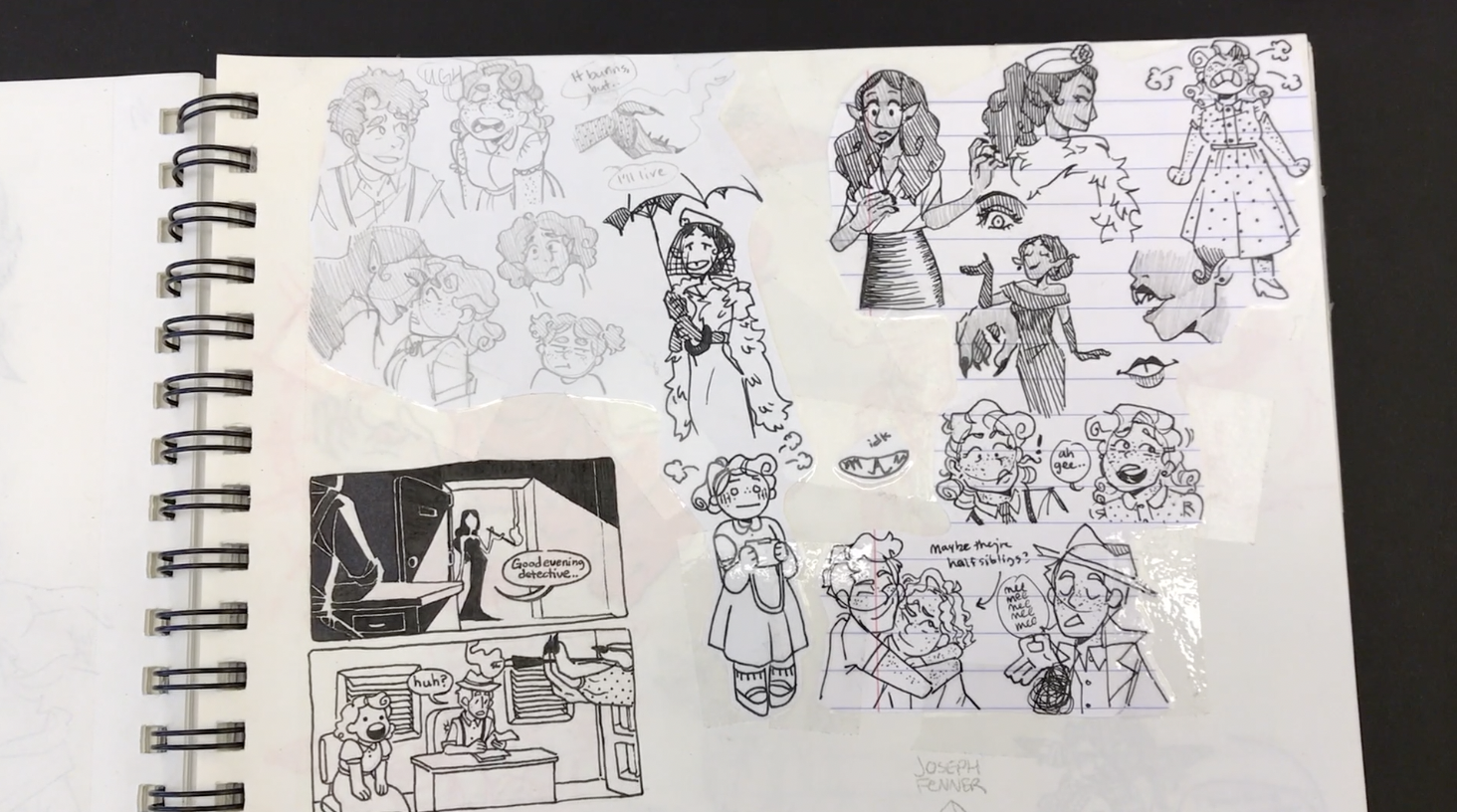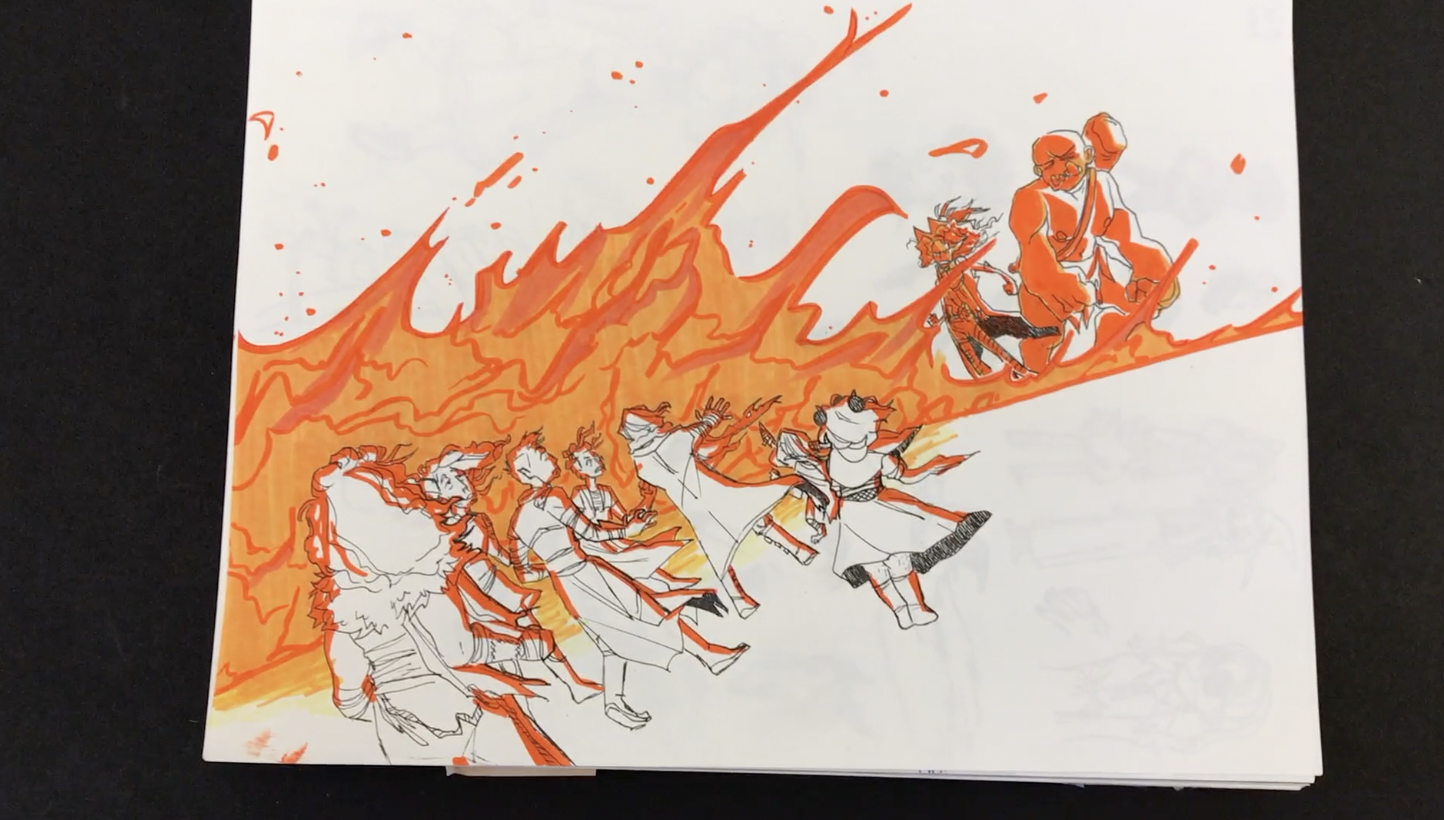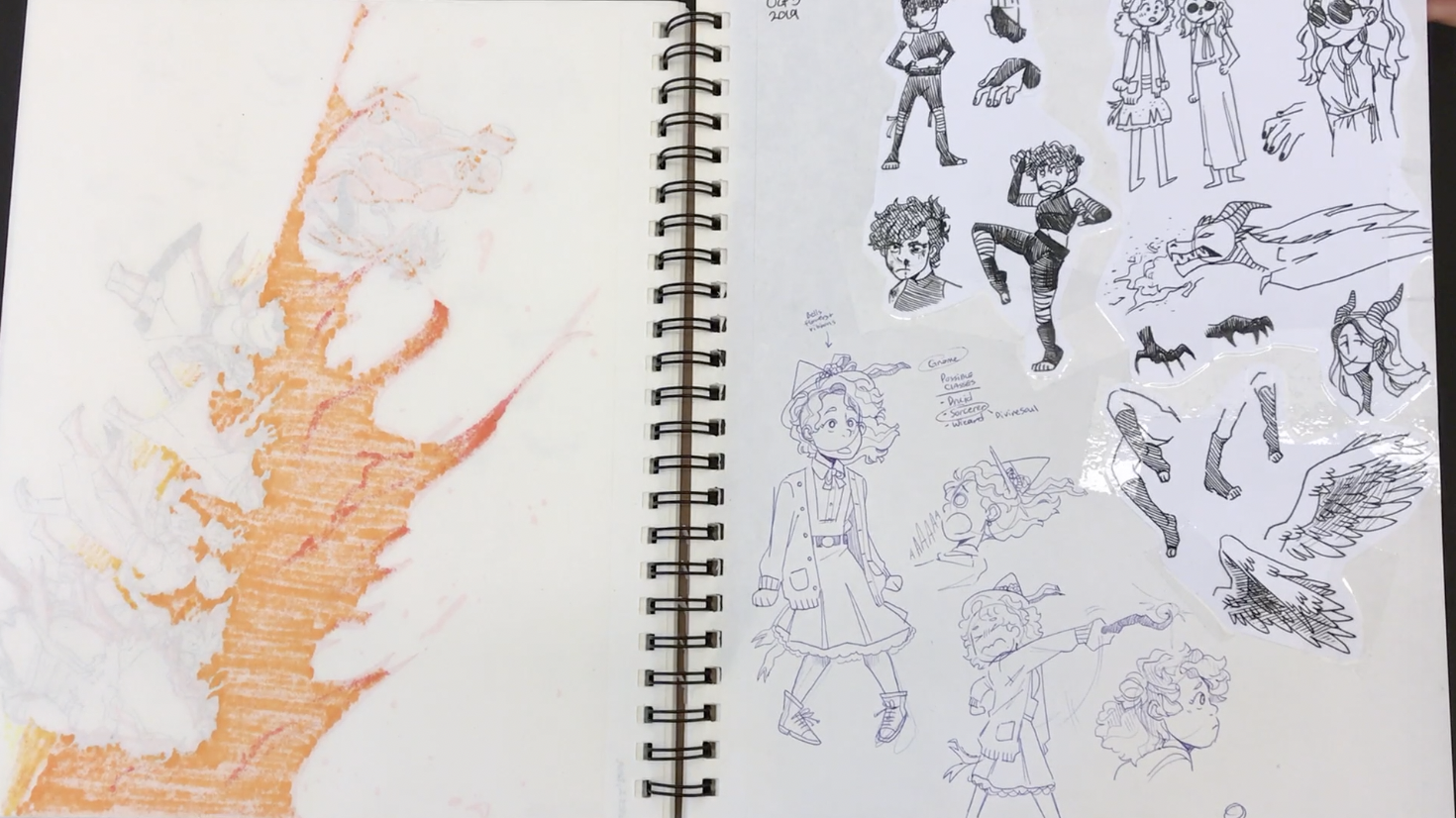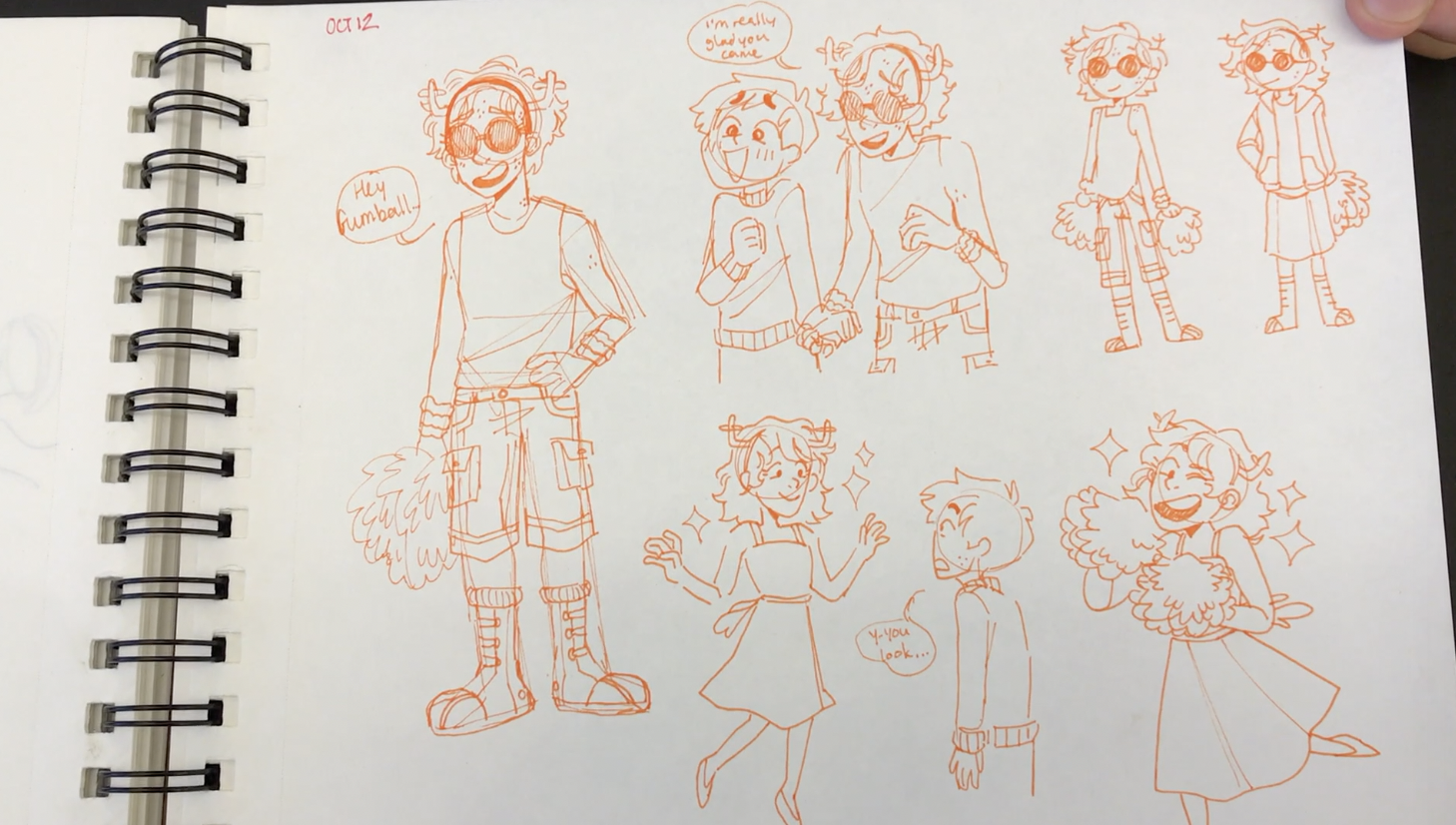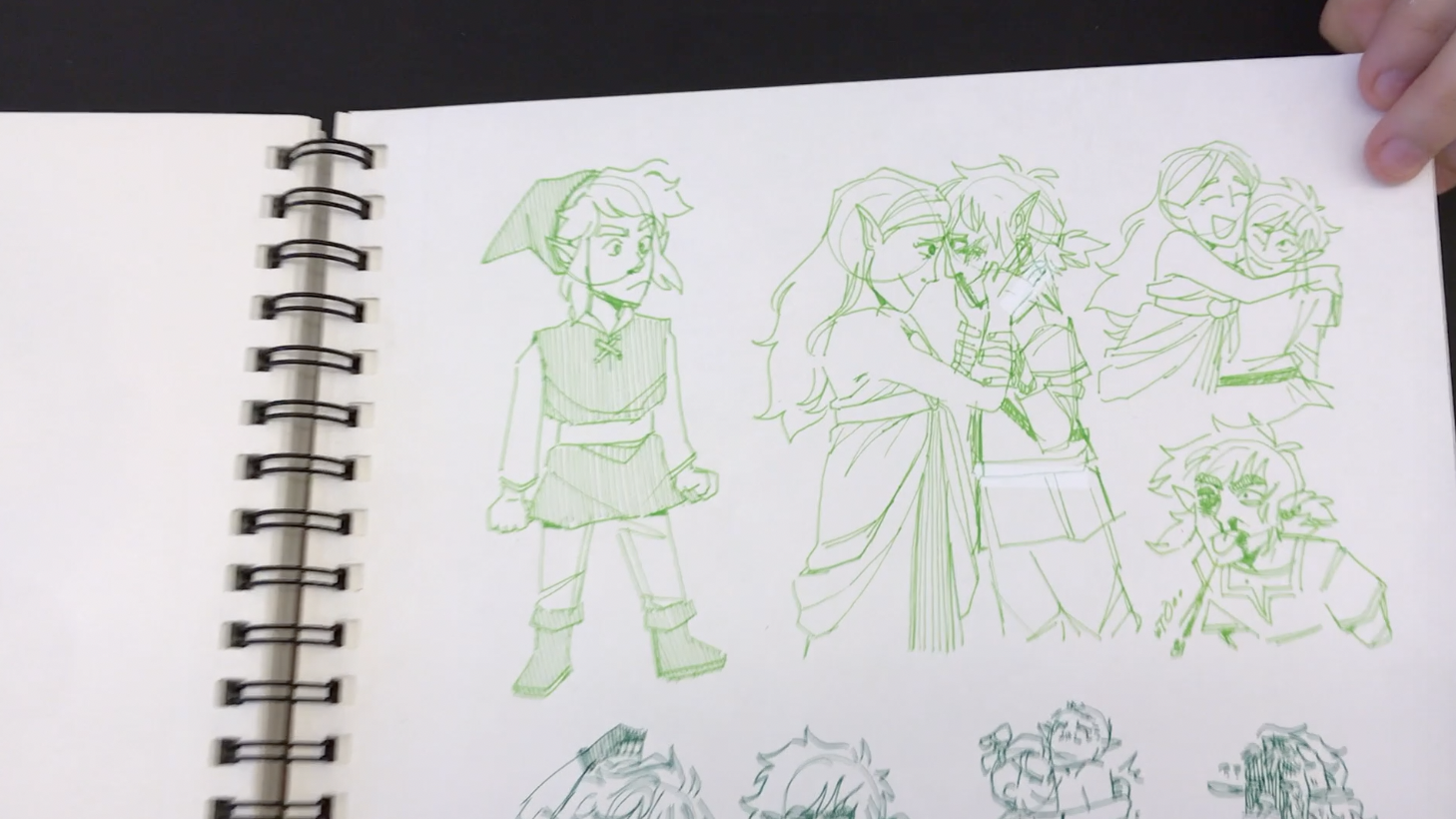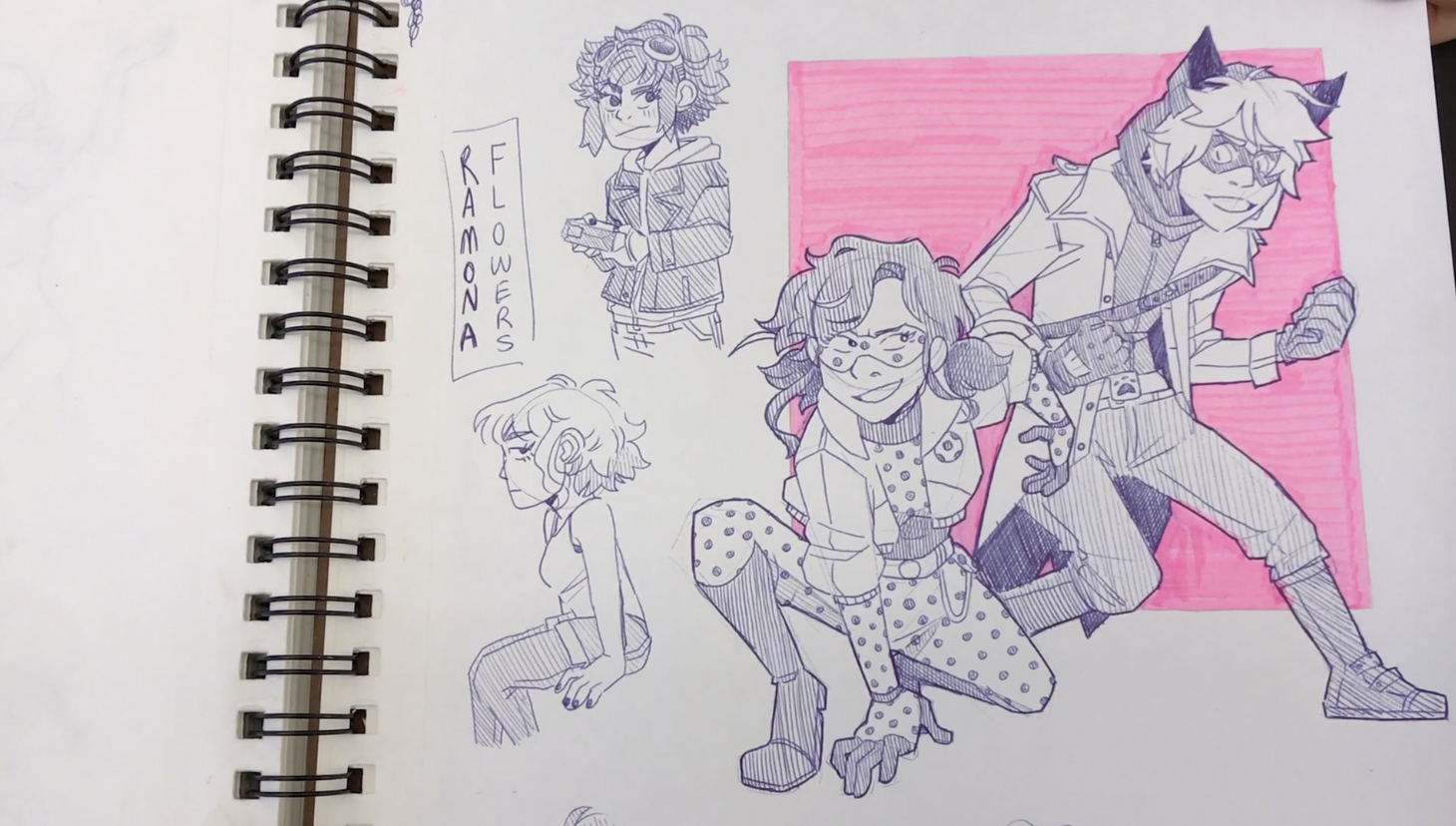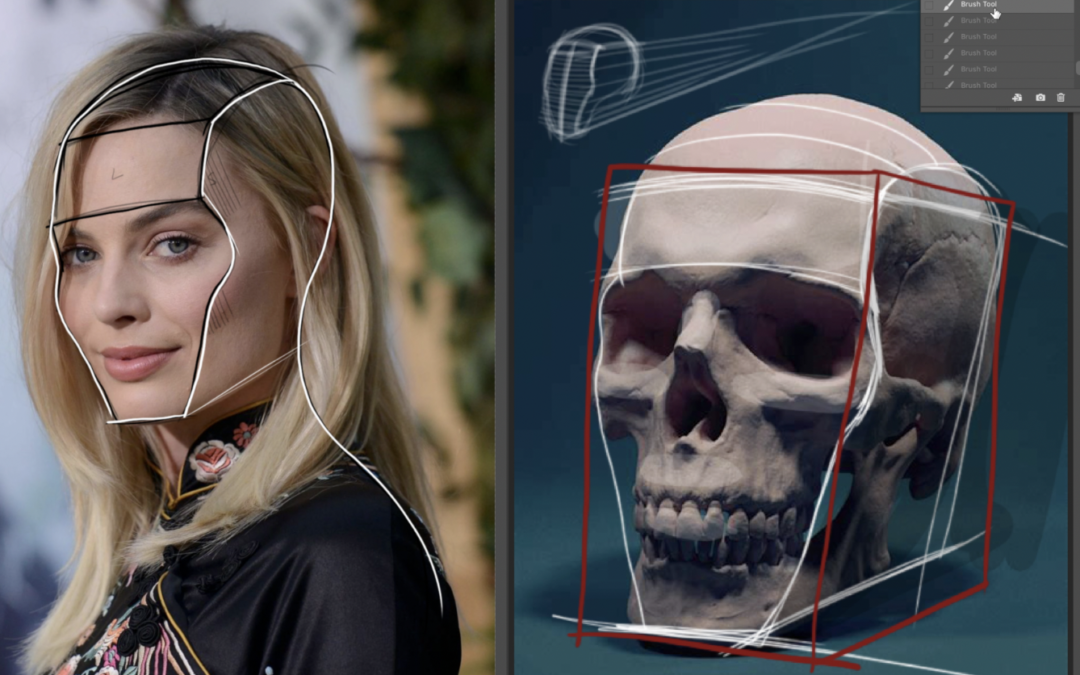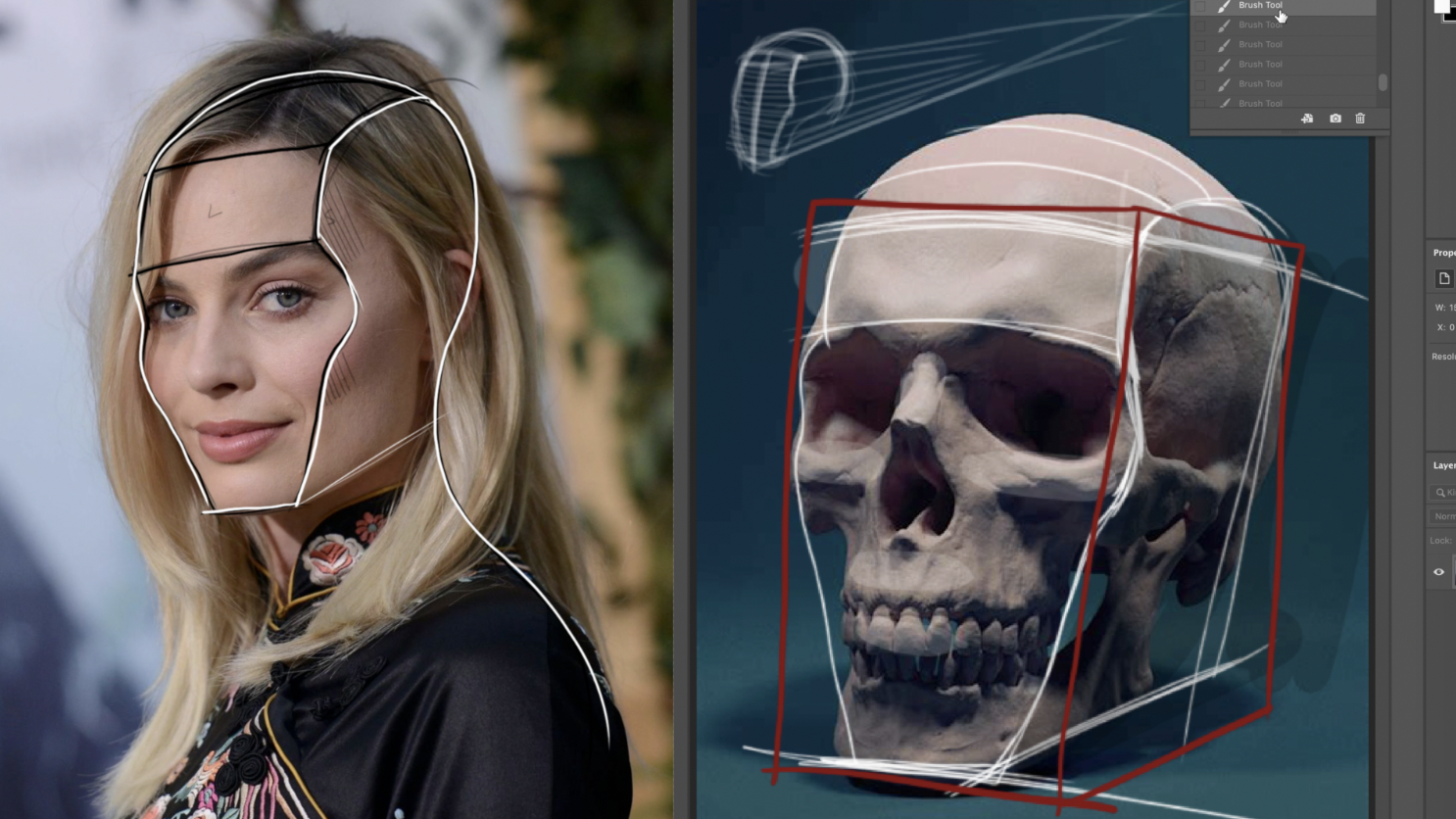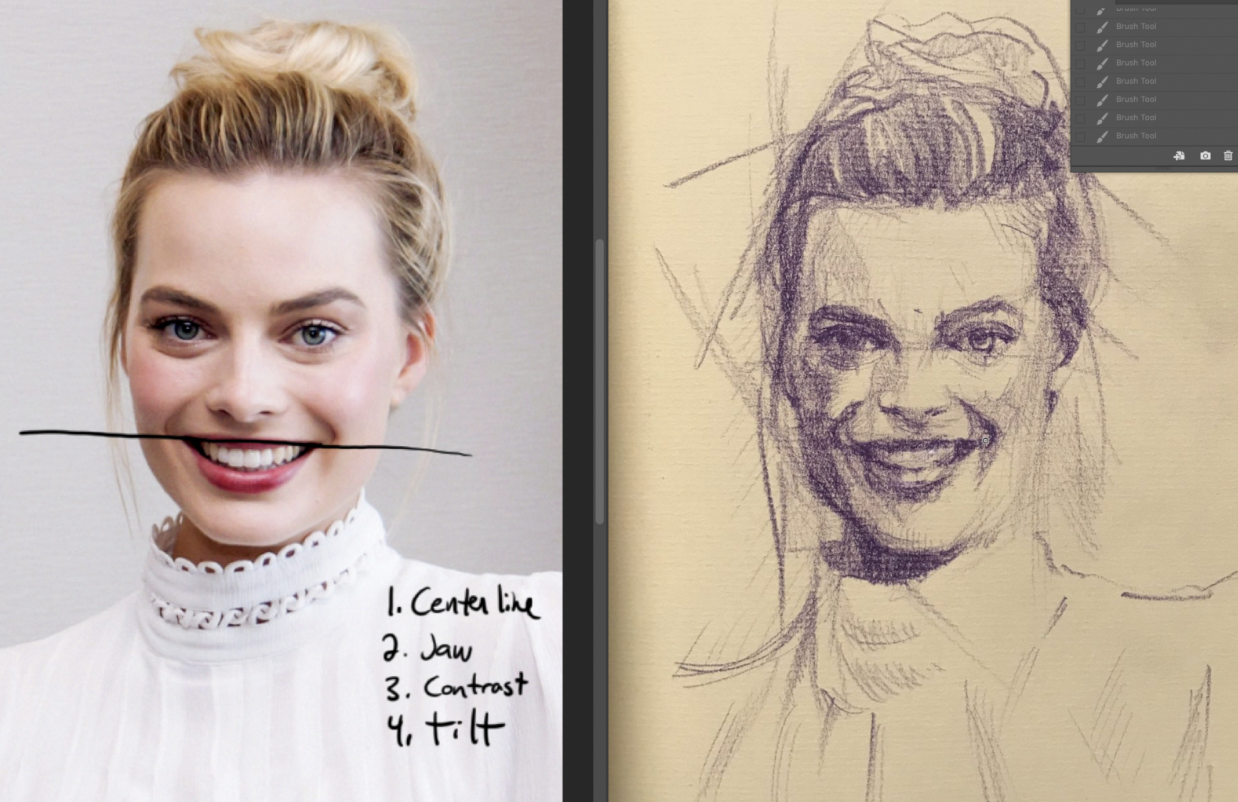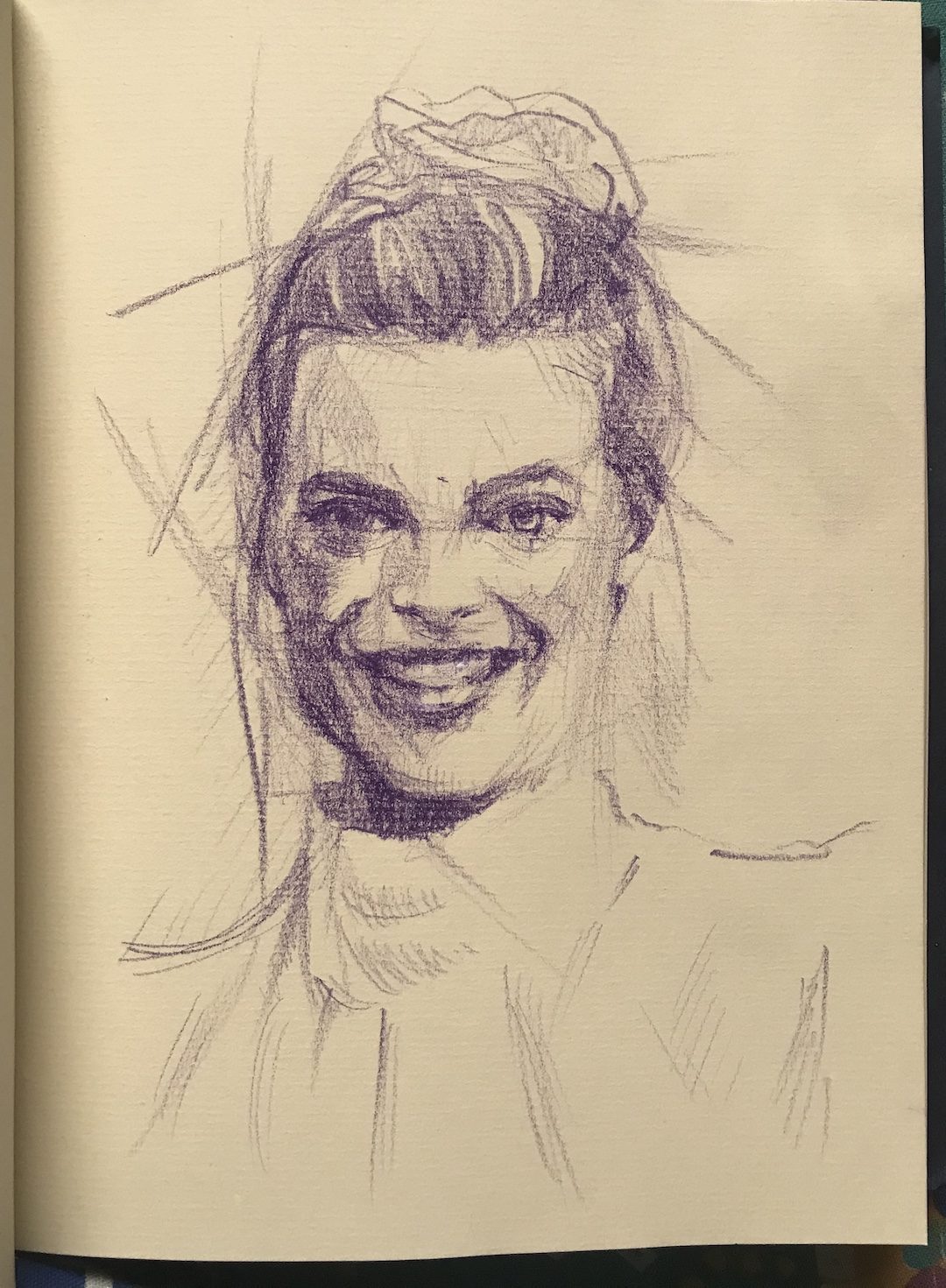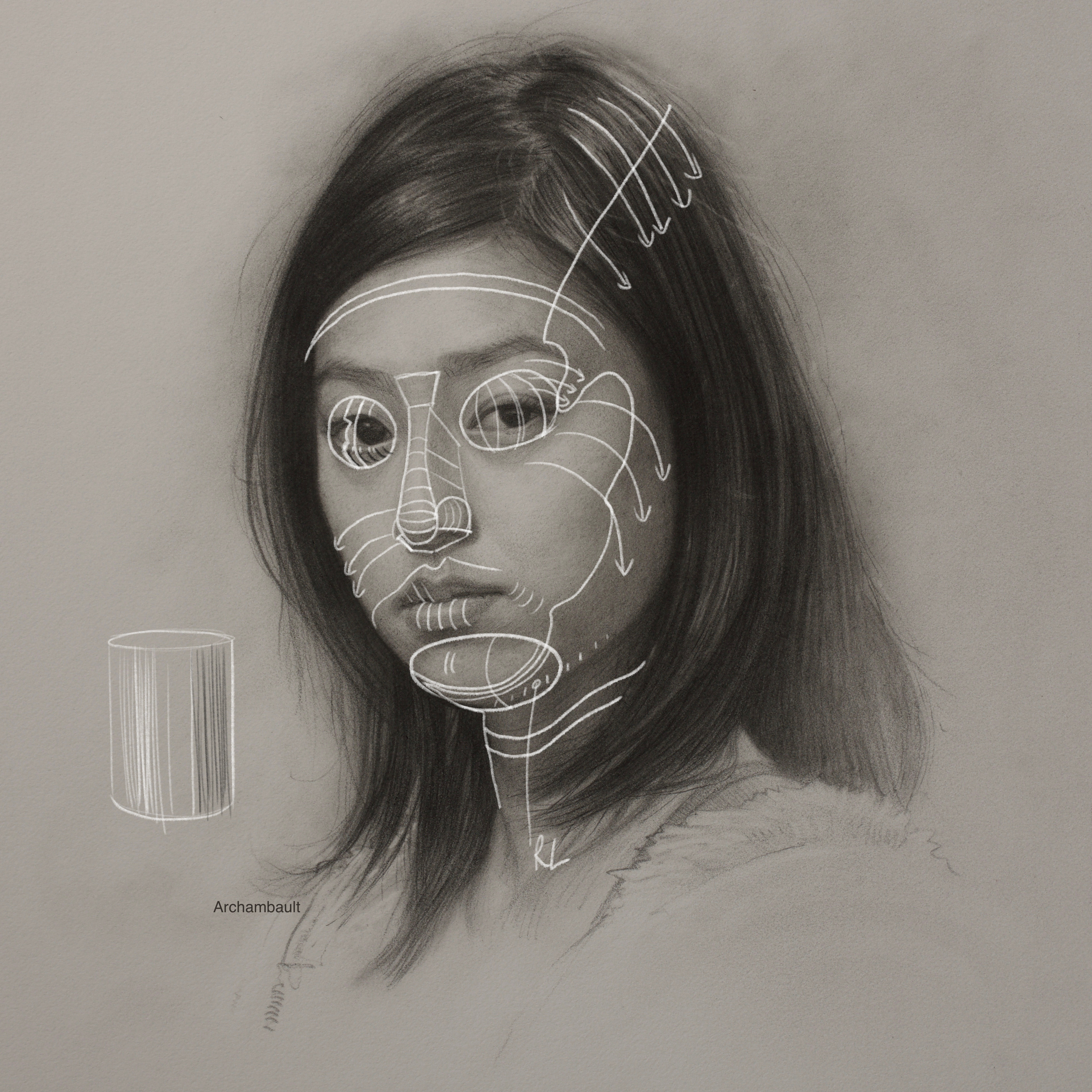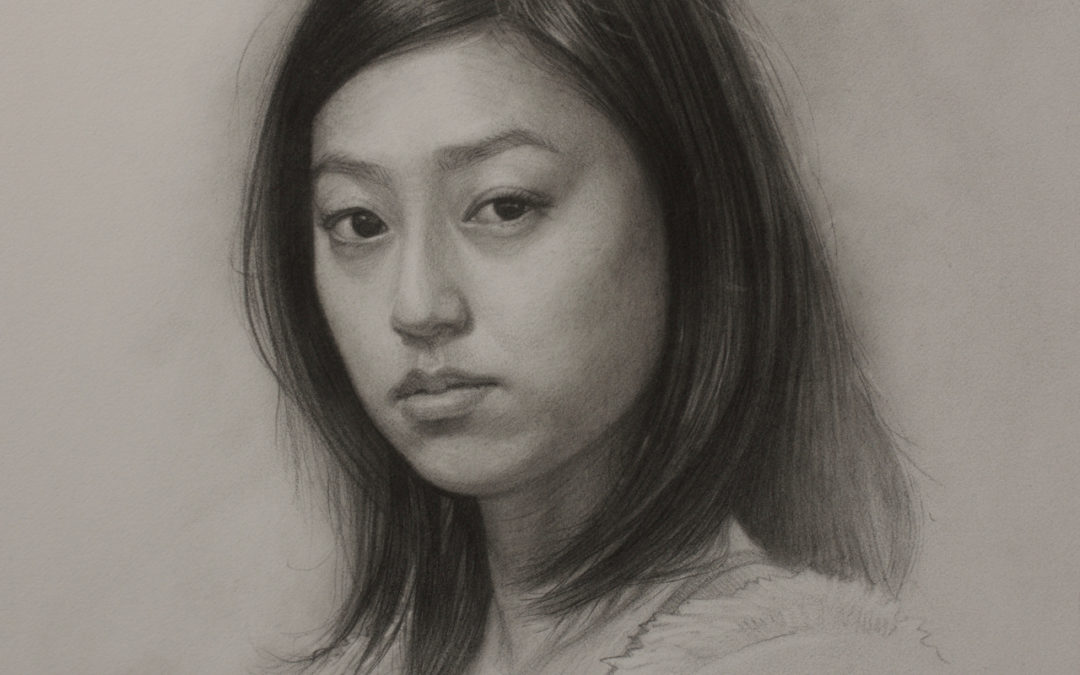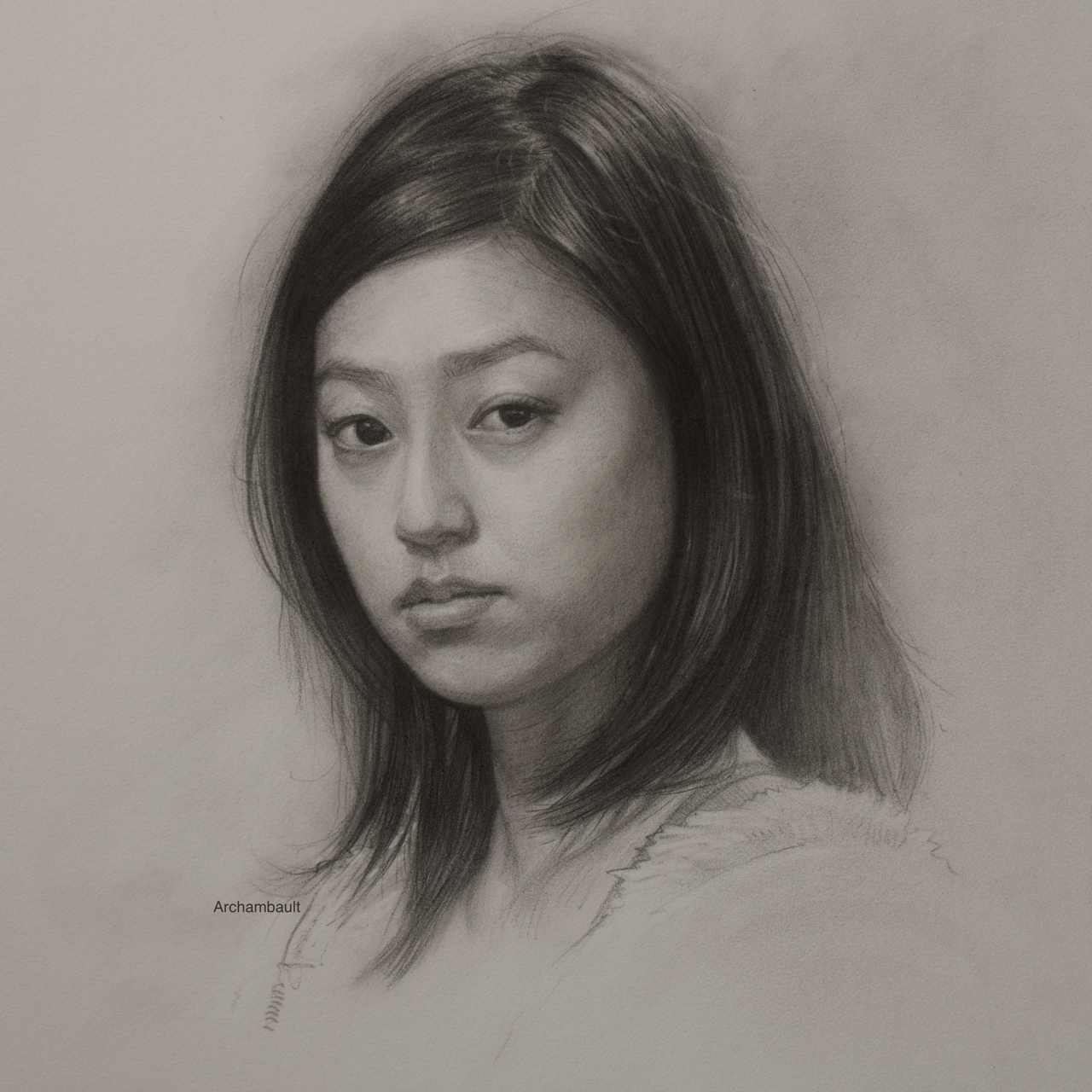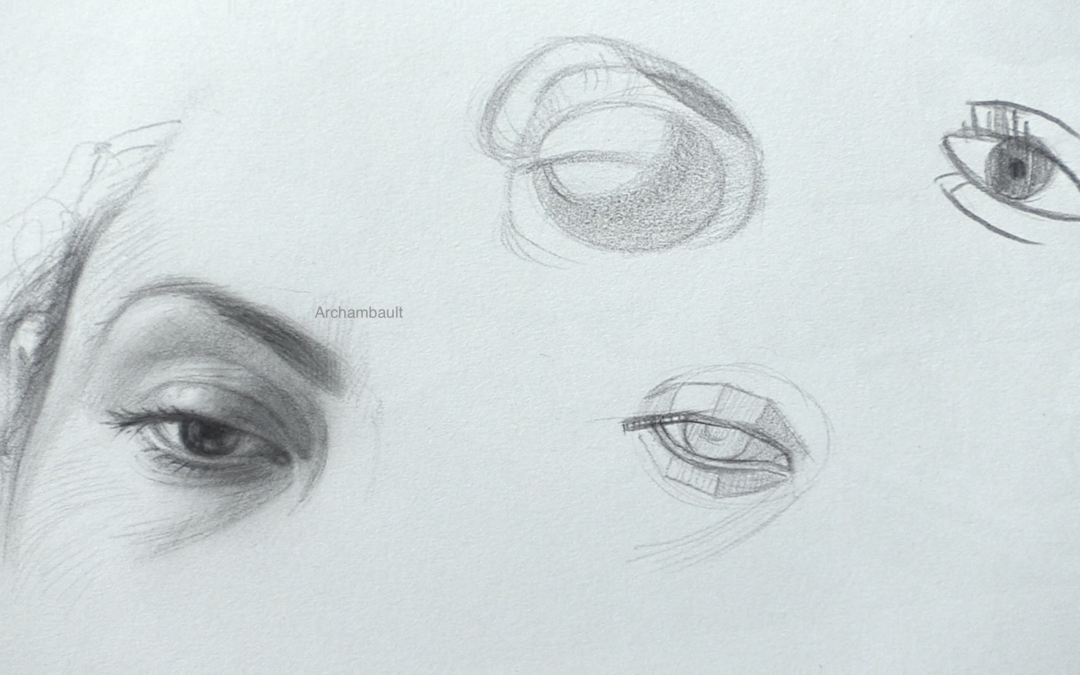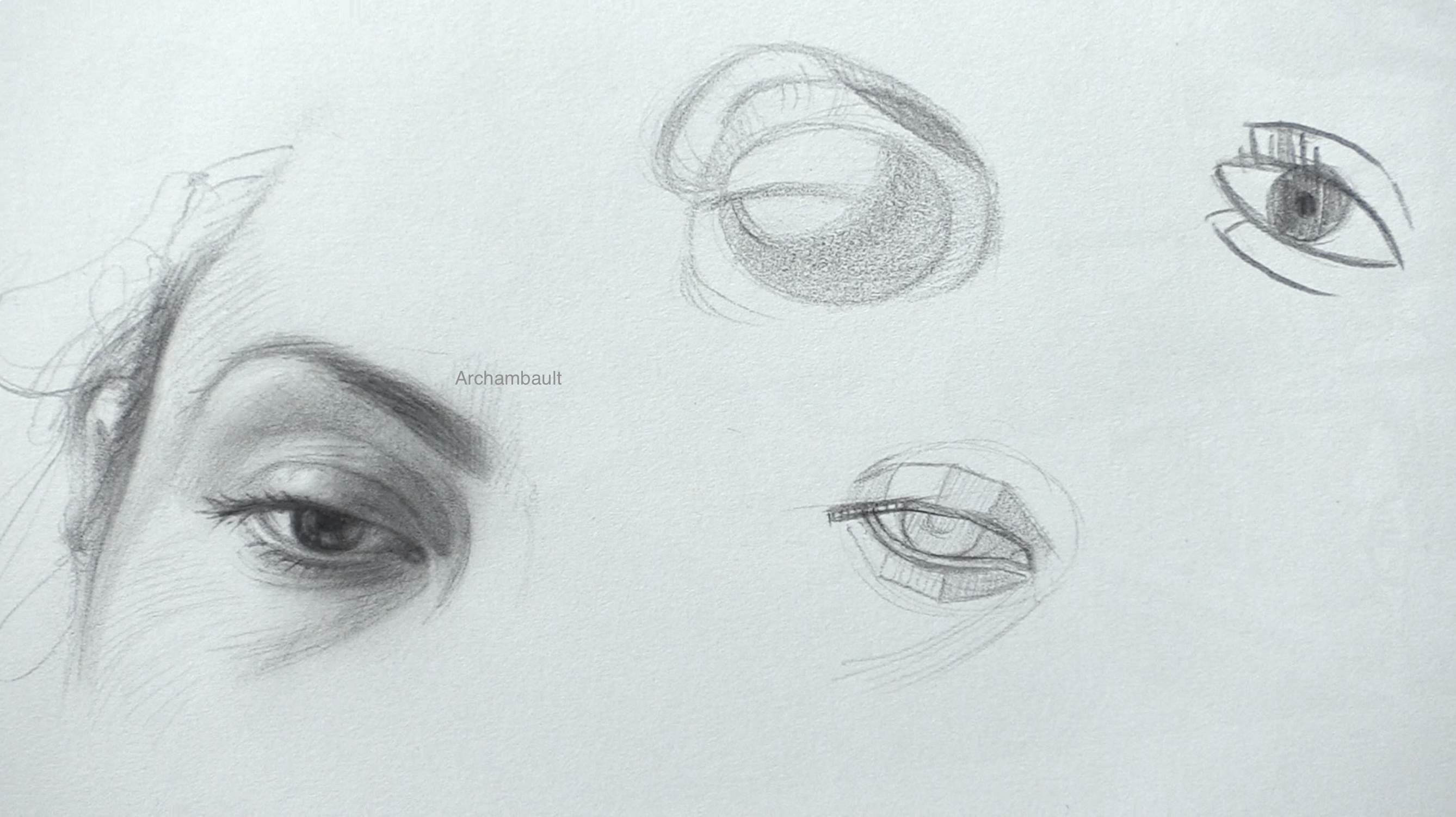I recently completed a portrait drawing course that focuses on how to draw the features of the face. In this particular drawing lesson, I share with you two different ways to think about drawing the eye.
The first way to think about the eye is basically drawing a ball in a socket. Do your best to visualize light hitting a sphere. That sphere is sitting in a socket, the eye socket of the skull. I love drawing with outlines, however, too many artists focus on the linear aspect of the eye’s lashes.
Instead, try drawing shapes of light and dark. Those shapes of light and dark with be dictated by which direction the light is hitting the ball in the socket.
Another way to think about the eye is with surface planes. The master of surface planes is certainly George Bridgeman. I never like my surface plane type drawings. However, they are a necessary evil when learning how to draw the eye. Try your hand at completing a surface plane drawing of the eye.
Lastly, in this short lesson, I also share with you what not to do when drawing the eye. You do not want to draw the eye in the form of an almond shape. You do not want to draw super sharp eyelashes, instead, think of grouping the lashes together in a soft shape.
Lastly do not draw the iris as a full-round circle. The round iris is usually covered up by both eyelids making it look more like a rounded rectangle.
This drawing lesson basically provides you with two exercises to complete. These exercises will help you to think about how to draw the structure of the eye.
Thank you so much for watching.



